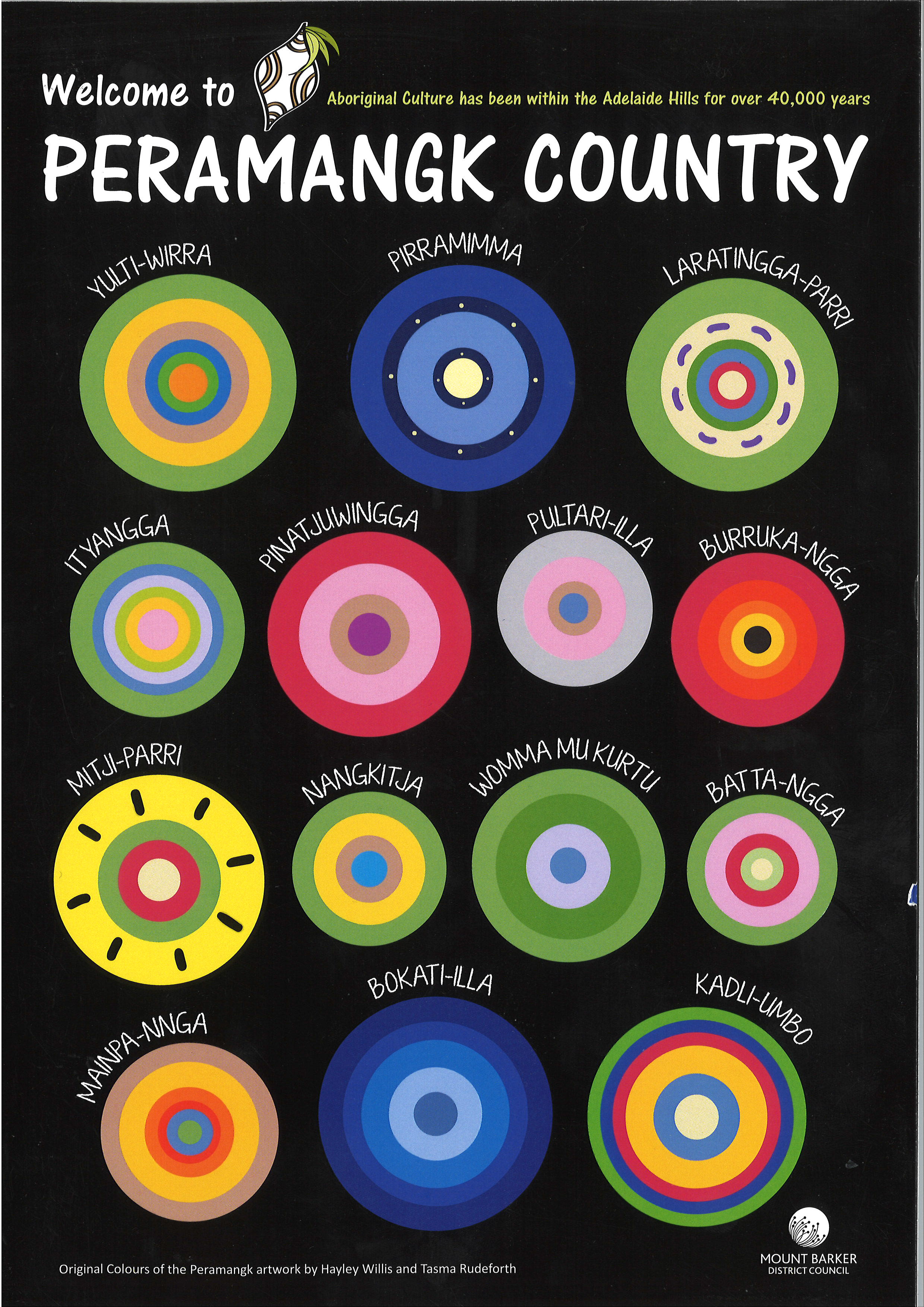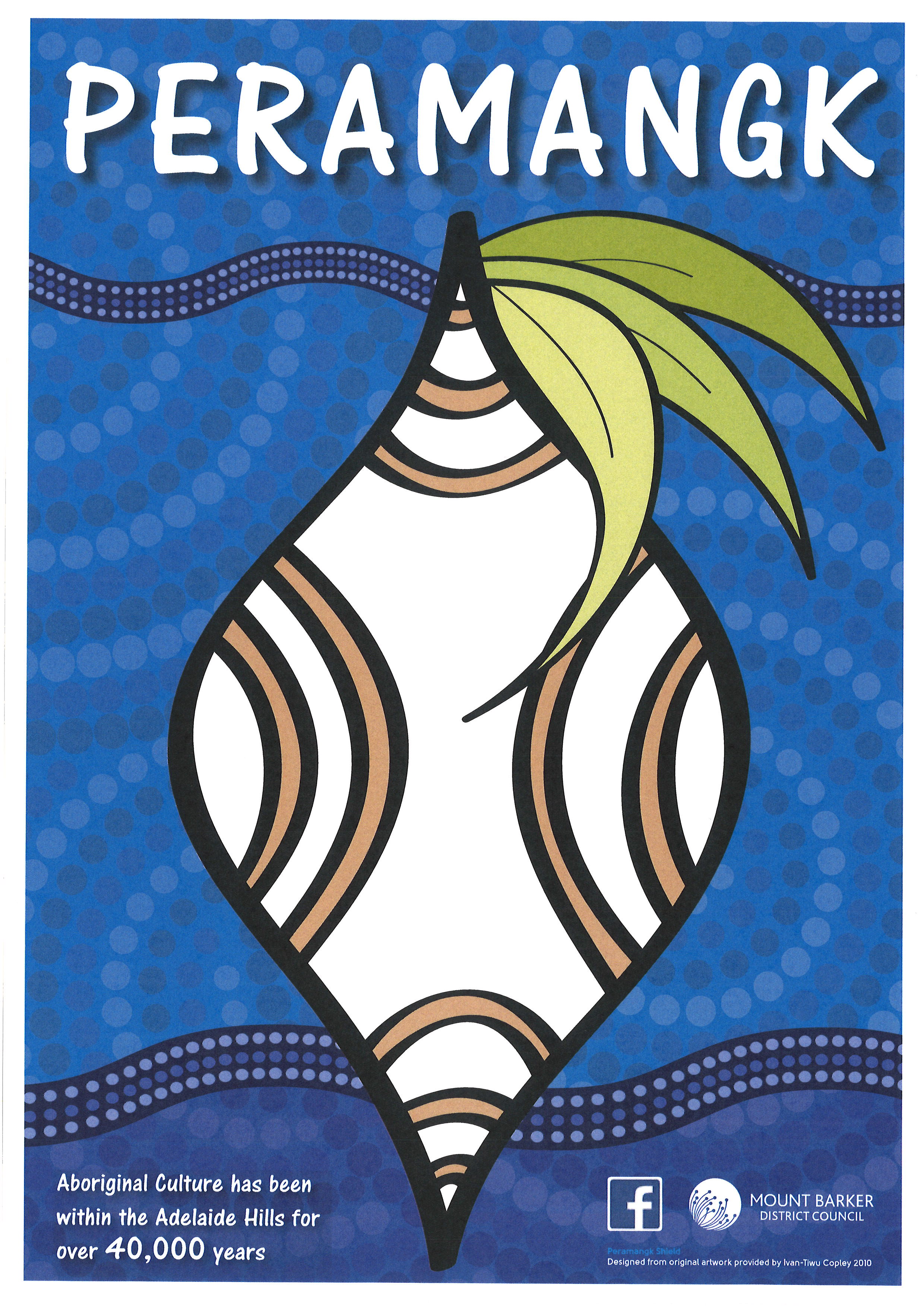Aboriginal Matters

We wish to acknowledge and respect that we are living upon the traditional lands of the Peramangk people who are highly respected rainmakers, sorcerers, doctors and the fire givers among the other Aboriginal nations.
We further recognise and respect that the Peramangk have for millennia had a deep and intrinsic connection to the land and respect their ongoing right to maintain that connection both spiritually and culturally.
Nothing in our actions today shall disrespect or undermine the Peramangk people’s rights to use, enjoy or occupy their lands, without their express permission to do so. We acknowledge that in the past this may not have been the case, but we now extend this respect to the living descendants of the Peramangk people and all other Aboriginal people.
- History History
- Adelaide Hills Reconciliation Working Group Adelaide Hills Reconciliation Working Group
- Resources Resources
- Events / Forums Events / Forums
An Aboriginal Perspective on our History
For millennia Aboriginal peoples have called the area which we now know as the Adelaide Hills home. Generations of people have lived in the area and made a life for themselves and their families. The hills provided shelter and sustenance to Aboriginal people and the land and the resources it provided people with were carefully managed to ensure that the area could provide a living for generations to come.
The Aboriginal peoples we now know as Peramangk, and Kaurna called the Hills their home and their stories that have survived tell of the creation of the Hills and some of the geological features we are familiar with. There are numerous campsites, ceremonial sites, and burial sites throughout the hills. The Yurebulla story has the Peramangk as Border Watchers and Peacekeepers although they were also known to be fierce warriors and possessed of strong magic.
The Aboriginal custodians welcomed people from other Aboriginal groups to ceremonies and afforded them safe passage through the area especially as people travelled from the lakes and river areas to the plains and the sea for purposes of trade or ceremony.
Warki, Portalaun and Jarildekalde people from the Lake Alexandrina area maintained contact with the Peramangk peoples and traded large redgum bark sheets for their canoes. As these were in short supply along the Lower Murray, these groups needed to get them from their neighbours. They would trade mallee spears for the bark.
The Peramangk people also traded fire making ‘kits’ with the Kaurna people as well as others as far away as Lake Victoria in New South Wales. Peramangk people have shared stories of their interactions with the Wiradjuri people of New South Wales and shared songlines and trading routes between country have been recorded.
In the hills there are Aboriginal place names which still survive including Brukunga, Uraidla, Gumeracha, Onkaparinga and Cudlee Creek although they are often different to the original names recorded by the early European settlers. With no written Aboriginal language, the names were recorded by Europeans who would have been writing them in a way that fitted with their own linguistic knowledge. The Peramangk and Kaurna languages are very similar however, there are some differences in pronunciation. Given the trade routes and interaction with other groups including those of the Ngarrindjeri Nation, it is clear that some of the people were bilingual allowing them safe passage to other country for ceremonial and trading purposes.
Peramangk children learnt to swim at Bokati-illa in the permanent waterhole on the Onkaparinga River near Hahndorf. Mount Barker Summit is important to both Peramangk and Ngarrindjeri people and features in stories and it is likely that both groups would have used the nearby semi-permanent campsite at Lartingga parri.
Early European settlers documented stories of large Aboriginal camps throughout the Ranges and it is thought that several thousand Aboriginal people were living in semi-permanent camps at European settlement. People were known to camp near where the RSL Hall at Aldgate is and in the evenings of the warmer months, would sometimes perform ceremonies which early white settlers documented. Other camps were located at Stanley Bridge on the Onkaparinga River, Mylor, the site of the Bridgewater Oval and Days Road at Uraidla. People still visited these areas on their way to Adelaide at times when the Europeans distributed rations.
Many of these people were displaced by the mid 1850’s as agriculture started to expand in the district and there was competition for water as well as free passage across the hills as many areas were fenced for stock especially sheep. With the coming of Europeans, many of the trees were cut for building in Adelaide and other areas and land was settled with fences and stock displacing the original peoples.
Confrontations were recorded as Aboriginal people availed themselves of these new food sources, especially as the traditional routes of some of their usual foods had been disrupted by fences and the competition for food.
Aboriginal people did work for some of the early settlers including John Bull of Mt Barker who used Peramangk people as labourers and paid them in wheat and potatoes for their work. However, with access to water and food becoming more difficult by the late 19th Century, there were few of the original inhabitants still living on their traditional lands, although they would still visit at certain times of the year to fulfil traditional obligations. Some Peramangk peoples moved closer to the Murray River, others were taken to Mission stations including Raukkan, Swan Reach and Poonindie.
By the early 1900’s it was erroneously believed that there were no Peramangk people still alive, however, this was not the case and a number of people now know that they have Peramangk ancestry as well as other Aboriginal ancestry and can identify as living descendants of the original hills people.
Many Kaurna people were also relocated to Mission stations including Raukkan, Point Pearce and Poonindie. As many people are now able to access Government records on their families they are discovering that their ancestors were Kaurna people who were displaced in the early days of European Settlement. Kaurna language is being revitalized with many people learning to speak the language and some areas have adopted either dual names for a place, a building or an area i.e. Kaurna/English and other places have reverted to their documented Kaurna names.
In 2018, after 18 years of legal proceedings, the Kaurna people were recognised as native title holders of the lands around Adelaide (including a large area of the Adelaide Hills). Hence, we now recognize both Peramangk and Kaurna ancestors in our Welcomes to, and Acknowledgment of Country.
The Adelaide Hills have inherited a rich legacy from the original inhabitants and we should be proud of that history and heritage and preserve it for generations to come. A Reconciliation Action Plan is a first step in a shared journey to care for this special area that so many now call home.
History summarised by Deanne Hanchant-Nichols
Tanganekald/Ramindjeri (Ngarrindjeri Nation); Barkindji Nation
Ass.Dip., BA, MA (Aboriginal Studies/Archaeology/SA History)
Adelaide Hills Reconciliation Working Group 2020–23
The Adelaide Hills Reconciliation Working Group (AHRWG) is a regional reference group that assists the Adelaide Hills and Mount Barker District Councils to develop and implement their Reconciliation Action Plans. It also provides general advice on matters that impact the Aboriginal and Torres Strait Islander community.
There are nearly 600 residents in the Adelaide Hills region who identify as Aboriginal and/or Torres Strait Islander (2016 Census, 220 Adelaide Hills Council, 360 Mount Barker District Council). The councils of this region recognise that the Aboriginal heritage and living culture of First Nation Peoples is a fundamental part of our district and thriving communities.
Reconciliation
Reconciliation is about Aboriginal and non-Aboriginal Australians talking, walking, and working together to overcome the reasons for division and inequality between Aboriginal and non-Aboriginal Australians.
Reconciliation is a nationally recognised approach to:
- Recognising and celebrating Aboriginal culture and contributions
- Building and strengthening our engagement with the Aboriginal community
- Acknowledging the impact of the past for Aboriginal people
- Building a future together
“As Australians, we are all here, woven into this country. As part of our reconciliation journey, there are truths to tell, stories to celebrate, and relationships to grow. Reconciliation is at the heart of our nations’ future” – Reconciliation Australia
For everyone
Reconciliation is not a niche topic; it is relevant to all people:
- Peramangk and Kaurna traditional custodians
- Non-Aboriginal people who live and work in the area
- Aboriginal and Torres Strait Islander people who live and work in our area
The AHRWG will use the Adelaide Hills and Mount Barker District Councils’ websites to share information and resources with the general public. We welcome community interest and feedback.
Meet your Adelaide Hills Reconciliation Working Group
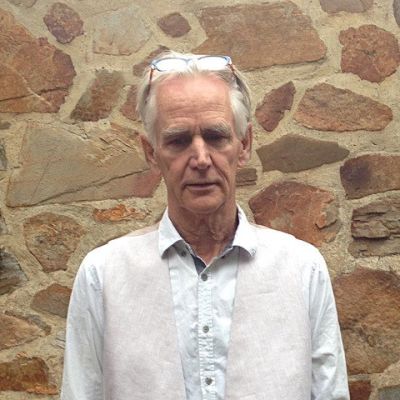
Andrew McNichol
Andrew has worked with various Indigenous communities as an artist and educator for more than 30 years including mounting a major workshop and performance program for local schools called "What Happened Here?" in collaboration with Permangk elder Richard Hunter and local historians Anni Luur Fox and Robin Coles in 1993.
He has worked extensively with the Ngarrindjeri community in Murray Bridge as both as a community workship leader and performing arts instructor.
It was personally transformative for Andrew to work as an artist in residence within the Yuendumu community. On his second visit, he was given a skin name, tying him to kin in order to work alongside indigenous artists under their guidance. This gift of kinship to the Walbiri community had a very powerful effect on him.
Andrew is currently the Artistic Director of the local arts group, Arts Excentrix, (formerly Dance Excentrix), an organisation that has made a huge contribution to Community Cultural Development in the Adelaide Hills and Mt Barker regions since 1987 providing performances and educational opportunities.
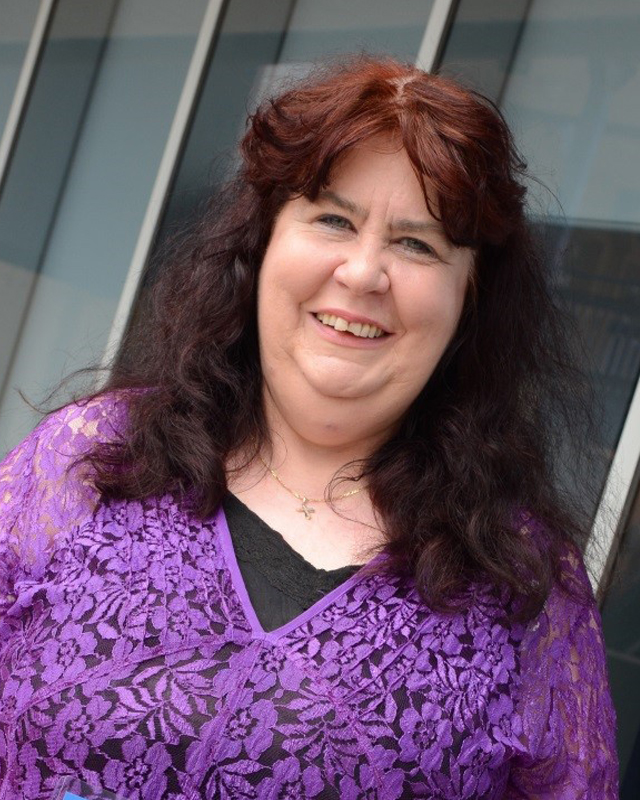
Deanne Hanchant-Nichol
Deanne is a life-long Hills local.
A descendant of the Tanganekald and Ramindjeri peoples through her grandmother, and of the Barkindji peoples through her grandfather, Deanne also has family connections to the Narungga and Kaurna people. Deanne’s mother’s family are descendants of the Prussian Weinerts who arrived in the hills in 1841 and settled in Lobethal.
Deanne works as a consultant for Aboriginal employment and development at UniSA. She was a writer of the 2014 Reconciliation Action Plan and instrumental in establishing a Kaurna Welcome for the new Vice Chancellor in 2013.
She is a recipient of the Vice Chancellor’s Professional Staff Excellence Award, for reconciliation and working across boundaries, as well as a Gladys Elphick Award, for influencing positive change for Aboriginal people in the workforce.
Deanne is also a Hills Treasure.
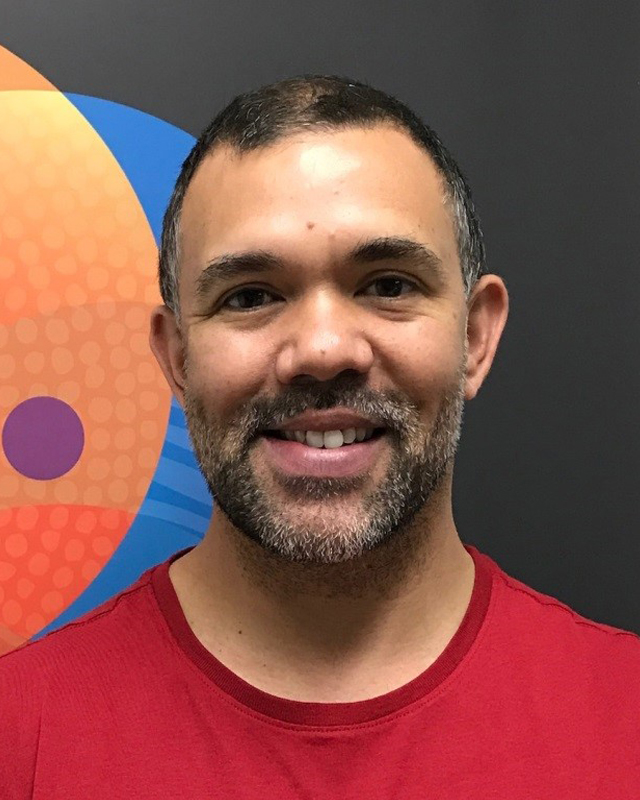
Lou Turner
Lou is a proud Pitjantjatjara Anangu man with Indonesian and Scottish heritage. He is guided by his experiences of growing up between cultures, families, and environments.
His experiences have led to a belief in the value of reciprocity and Lou aspires to seek understandings and solutions that can embolden processes of reconciliation between Aboriginal and non-Aboriginal people. He believes that this can be achieved through a mutual exchange of ideas and a willingness to heal our past and grow a proud future together.
Lou expresses faith in the process of harnessing collective strengths to raise and sustain a future of united voice that can talk of a national identity we can all own and be proud of.
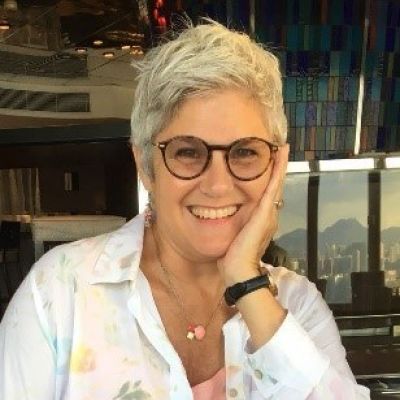
Jane Longbottom
Jane is a semi-retired white woman living on Kaurna/Peramangk country at Crafers west. She has lived here for 28 years, and a further ten years on Ngarindjeri country prior to this.
As part of her Bachelor of Social Work at the University of Queensland, Jane worked for a small Aboriginal community-controlled welfare service in inner city Brisbane for three months in 1974. This changed her life completely. Over the years, Jane has worked for other Aboriginal organisations and has been involved with Aboriginal staff and programs in mainstream settings.
Jane's involvement in the development of Reconciliation Action Plans for large not for profit agency has shown her the many benefits active RAPs bring to both Aboriginal and non-Aboriginal service users and staff.
Jane continues to learn more about her own internalised racism and the reality of white privilege and its influence in all aspect of life. She also continues to learn more about the necessity of truth telling about the real history of country since colonisation and the ongoing violence injustice perpetrated against Aboriginal and Torres Strait Islander peoples.
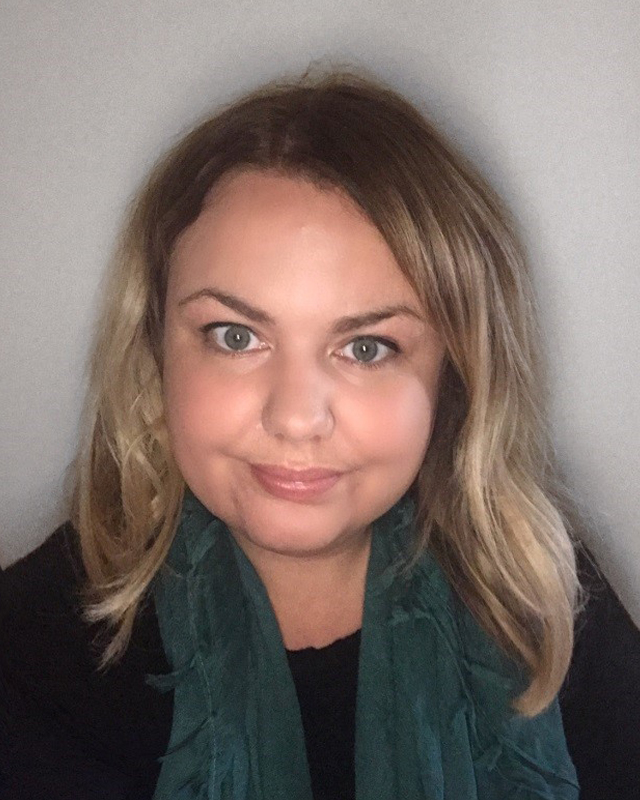
Hayley Willis
Hayley has lived on Peramangk Country for most of her life. Her mother, an Eastern and Northern Arrente woman, was born in Alice Springs and, when removed from her family, was adopted by a family in Flaxley.
Hayley has been in an Aboriginal education role for over 11 years, currently working as an Aboriginal Services Engagement Officer for the Department for Education.
Linking local schools with reconciliation events and activities is important for Hayley, as is creating more curriculum resources for Peramangk Country.
Hayley organises the Just Too Deadly Awards which is an annual event that celebrates Aboriginal students living in the Adelaide Hills.
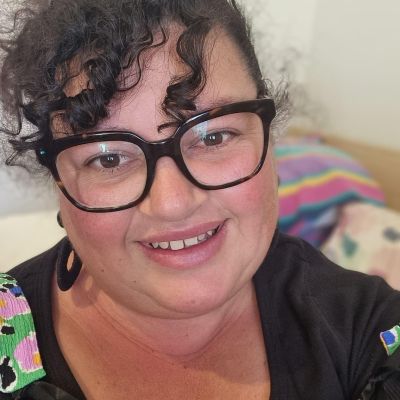
Jade Brook
Jade is Nurrunga with the blood of Kaurna with ties to Ngarrindjeri and Barkindji and has lived in the Adelaide Hills for the past 13 years with her son Jacob and their many animals.
Jade currently works as an Aboriginal Community Education Officer at a local Hills school, runs a consultancy service that works with local businesses to support them in how to be culturally competent and culturally safe. Jade is also one of the founders of APPS - Aboriginal People Providing Service and is on the board of Woven.
Jade is has a full scholarship to study Aboriginal Christian Leadership and is currently in her second year. This is a national program run by Australian's Together. Jade also has a Dipolma of Leadership with Alphacrucis. Jade loves standing strong for her community and family.
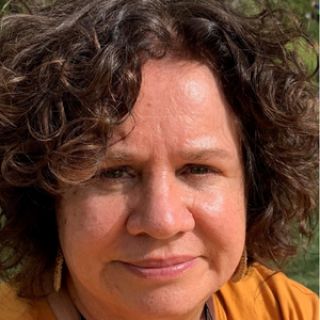
Ros Cameron
Ros Cameron is a Northern and Eastern Arrente woman with Swedish and Scottish Heritage. She was born in Alice Springs, but adopted out to a Non Aborignal family in Flaxley in the Adelaide Hills.
She currently works in Mount Barker in specialising in the Education of Aboriginal and Torres Stait Islander students and families.
Ros loves sharing Aboriginal history and culture with students and the community. She heads up a committee for Flaxley Woven, a place where Arts & Culture meets community - Reconciliation in action!
She is also very creative and loves to sing. Ros is a visual artist.
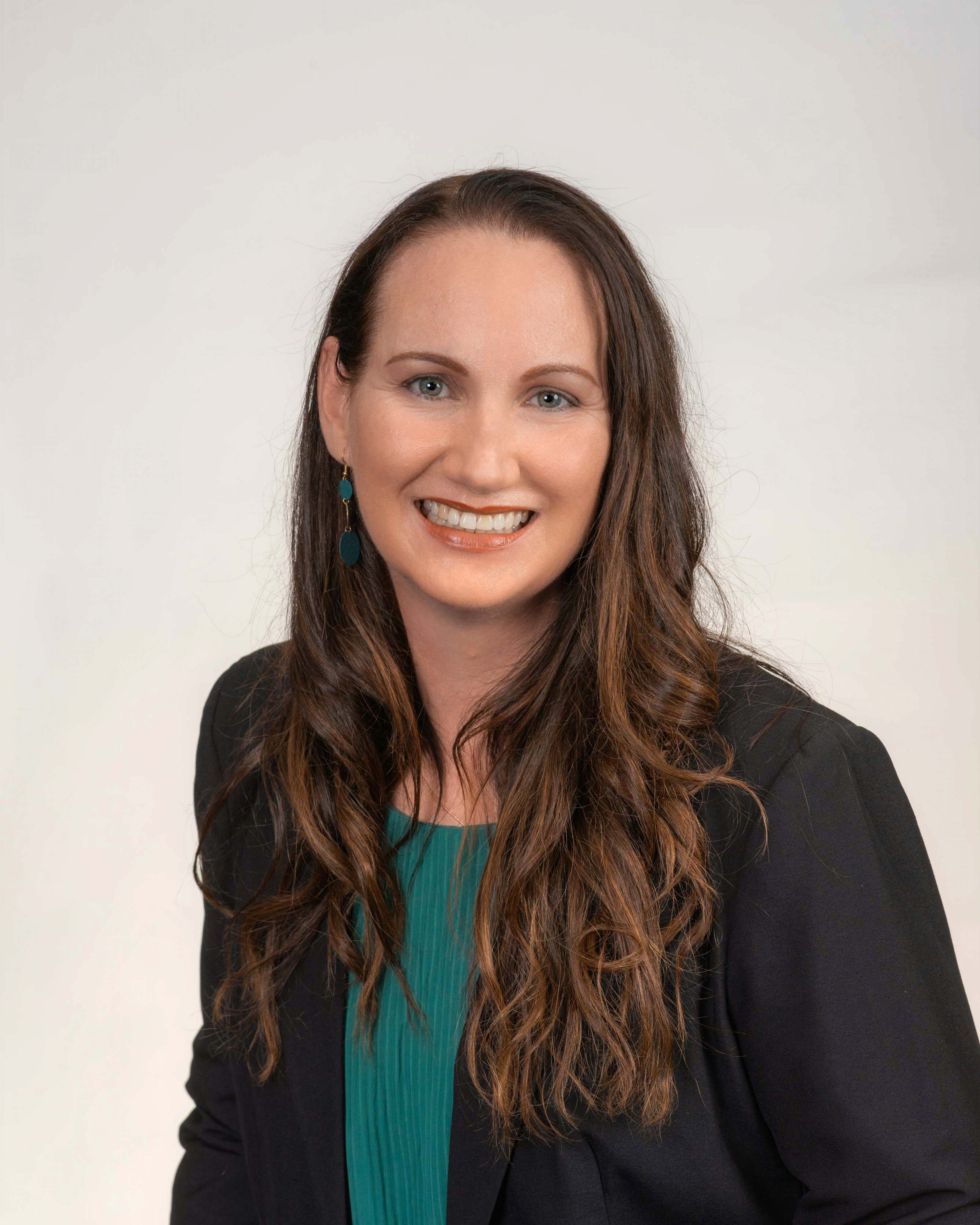
Jessica Szilassy
Jessica joins the working group as an elected member of the Mount Barker District Council.
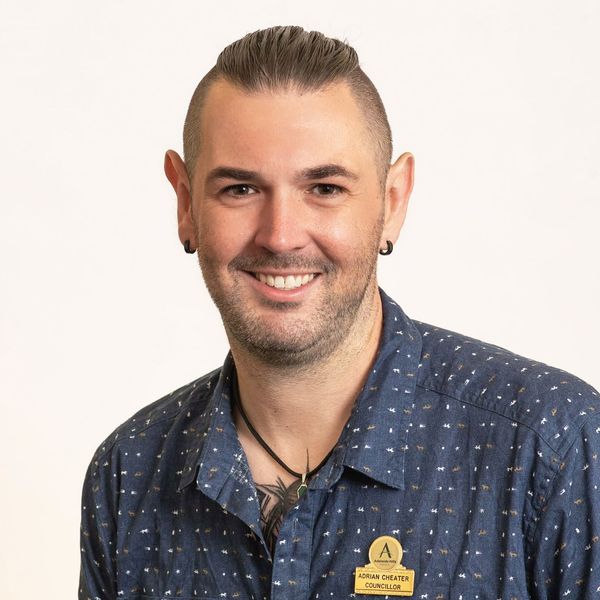
Adrian Cheater
Adrian joins the working group as an elected member of the Adelaide Hills Council.
Aboriginal Culture Timeline
Aboriginal culture has been within the Adelaide Hills for over 40,000 years. Here is a timeline that looks at events that have made an impact on the recognition of Aboriginal and Torres Strait Islander peoples.
Peramangk Country
In 2019 a ‘ Welcome to Peramangk Country’ booklet and an ‘Peramangk’ Activity book were produced.
Download your copy:
A special thanks to the following who assisted with these resources:
- Ivan-Tiwu Copley, Peramangk Elder
- Mark Elliot, Cultural Advisor
- The students at Mt Barker Primary School for the artwork and Ros Cameron (ACEO)
- Hayley Willis
- Tasma Rudeforth
- Peter McGinn, Mount Barker District Council
- Bec Stevens, Meadows Cheese Factory (design)
Upcoming Events
| Date | Time | Event Details | Location |
|---|---|---|---|
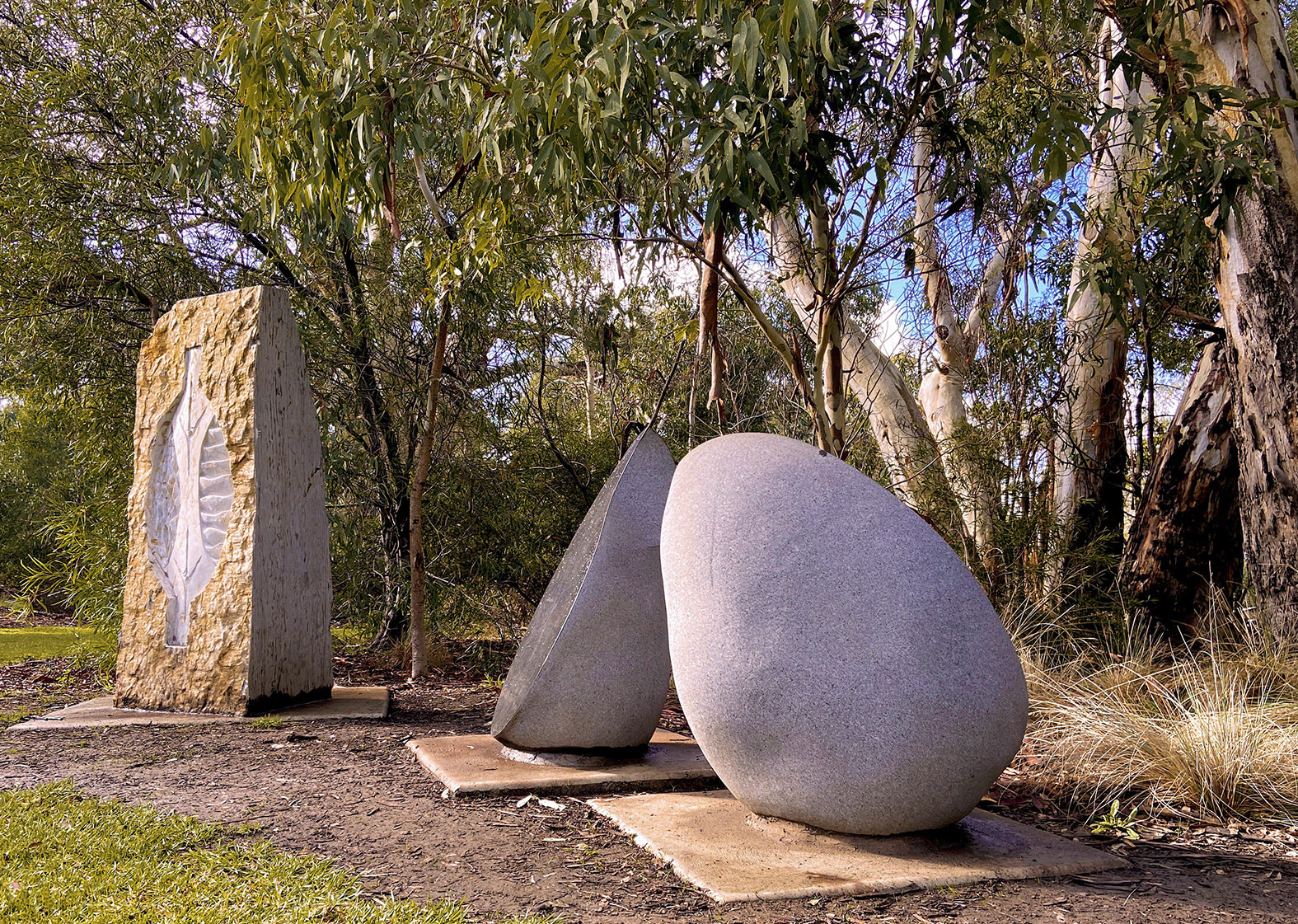
Reconciliation Week 2021
On May 28 in the cultural part of Laratinga Wetland, two special sculptures were celebrated and commissioned as part of Council’s Reconciliation Week program of events.
Significant works included “Tear Drops” by Quentin Gore, which were personally donated by Mayor Ann Ferguson and “Tjibruke Dreaming” by Robert Wuldi. They are both a welcome addition to this place of reconciliation and respect.
All three sculptures are made from marble. “Tjibruke Dreaming” represents a shield with elements of fire (Peramangk), three levels of water (Ngarrindjeri) and an ibis footprint (Kaurna). The “Tear Drops” represent tears of the stolen generation.
The ceremony formed an important part of Reconciliation Week representing the theme “More than a word. Reconciliation takes action”.
Reconciliation is about building respectful relationships between First Nations people and the wider Australian community to enable us to work together to close the gaps, and to achieve a shared sense of fairness and justice. The recognition and installation of these works in a public place supports and realises these ambitions.
For the full video click here


